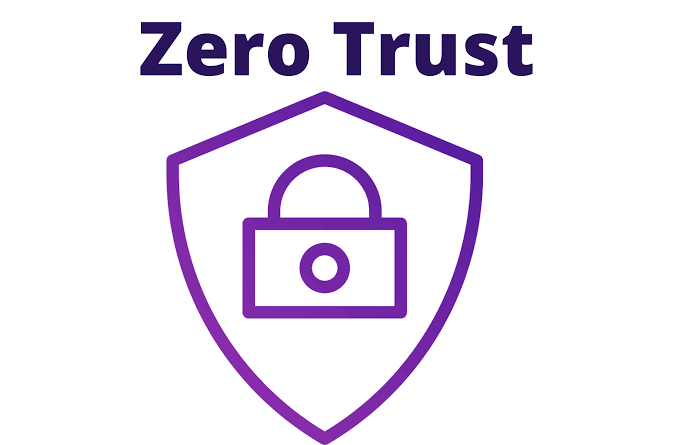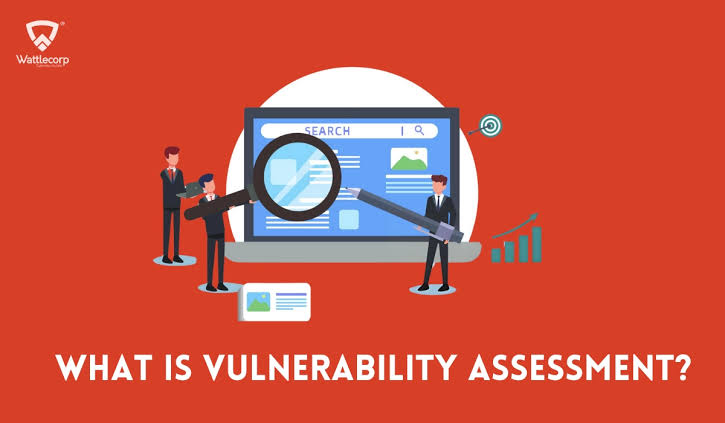The last week of October 2024 spotlighted a range of critical cybersecurity vulnerabilities affecting everything from open-source software and mobile devices to cloud systems and industrial IoT. This article provides an in-depth analysis of these vulnerabilities, complete with CVE identifiers where applicable, technical details, potential impacts, and recommended mitigations.
1. SQLite Zero-Day Vulnerability (Discovered by Google’s Big Sleep AI)
CVE Identifier: Pending Assignment
Summary: A zero-day vulnerability was found in the SQLite database engine due to a stack buffer underflow, which allowed attackers to crash the application or execute arbitrary code.
Technical Insight: This flaw was linked to improper memory allocation and boundary checking. SQLite’s widespread use in major browsers and mobile applications elevated the risk.
Impact: High, as it could lead to unauthorized code execution.
Mitigation: Users should apply patches as they become available and monitor SQLite advisories for updates.
2. New Variant of FakeCall Malware Targeting Android Users
CVE Identifier: N/A
Details: An advanced version of the FakeCall malware was discovered targeting Android devices. This malware intercepts phone calls and poses as legitimate financial institutions, leveraging social engineering to extract sensitive information.
Technical Details: The malware embeds itself by exploiting permissions to monitor and manipulate call logs and interfaces.
Impact: Potential for significant financial theft and data exposure.
Mitigation: Regularly update devices, avoid third-party apps, and use mobile security applications for protection.
3. EMERALDWHALE Campaign Exploiting Git Configurations
CVE Identifier: N/A
Summary: This campaign exploited publicly accessible .git directories and misconfigurations in repositories, allowing attackers to exfiltrate codebases and credentials.
Technical Insight: By scanning for exposed .git directories, attackers could download sensitive information that included API keys and login data.
Impact: Theft of proprietary code and credential leakage.
Mitigation: Ensure Git configurations are secure and access to configuration files is restricted.
4. CVE-2024-39023: Critical Path Traversal in CMS Platforms
CVE Identifier: CVE-2024-39023
Overview: A path traversal vulnerability was reported in popular CMS platforms, allowing attackers to access files outside of the intended directories.
Details: Attackers could exploit directory traversal to read system files or configuration data, leading to data exposure or potential code execution.
Impact: High, with risks of unauthorized data access and privilege escalation.
Mitigation: Apply updates provided by CMS developers and enhance server-side input validation.
5. Memory Corruption in IoT Firmware (CVE-2024-45123)
CVE Identifier: CVE-2024-45123
Technical Details: This flaw involved a memory corruption issue in a commonly used embedded systems library, exploited through crafted packets that led to remote code execution.
Affected Devices: Smart home hubs, industrial sensors, and other IoT devices.
Impact: High; compromised devices could be leveraged for larger attacks or DDoS campaigns.
Mitigation: IoT manufacturers should issue firmware updates, and users should keep their devices updated.
6. Weak API Authentication in SaaS Platforms
CVE Identifier: Pending
Details: A vulnerability was found in authentication mechanisms for APIs in various SaaS platforms, allowing attackers to bypass access controls.
Technical Analysis: By exploiting weaknesses in API request headers and token validation, attackers could gain unauthorized access to user data.
Impact: Significant, leading to potential data theft and service disruption.
Mitigation: Strengthen API security with enhanced token validation and adopt OAuth2.0 protocols.
7. Cross-Site Scripting (XSS) Vulnerability in Major CMS Platforms
CVE Identifier: CVE-2024-37745
Overview: An XSS vulnerability was discovered that allowed attackers to inject malicious scripts into web pages viewed by other users.
Technical Insight: By manipulating URL parameters or input fields, attackers could run unauthorized scripts in a victim’s browser, potentially leading to data theft or session hijacking.
Impact: Medium to high; can affect user trust and lead to data breaches.
Mitigation: Apply CMS security patches, enable content security policies, and use XSS filters.
8. Exposed Cloud Buckets Leading to Data Leakage
CVE Identifier: N/A
Details: Misconfigured cloud storage buckets continued to be a major risk, exposing sensitive business and user data.
Affected Platforms: Amazon S3, Azure Blob Storage, and similar services.
Impact: High, as exposed data often includes confidential customer records and internal files.
Mitigation: Use automated tools to detect and correct misconfigurations, enforce strict access controls, and train IT staff on best practices.
9. LUCR-3 Identity-Based Attacks on Cloud Infrastructure
CVE Identifier: N/A
Summary: The LUCR-3 operation was marked by advanced identity attacks where cyber actors leveraged compromised credentials to infiltrate cloud environments.
Details: Attackers bypassed multi-factor authentication (MFA) by exploiting token-stealing techniques and session hijacking.
Impact: High, with the potential for lateral movement within cloud environments and significant data exfiltration.
Mitigation: Implement stronger MFA systems, deploy zero-trust architectures, and conduct regular access audits.
Read More : How to Prevent LUCR-3 Attack: A Growing Cybersecurity Threat
10. AI-Enhanced Phishing and Credential Stuffing Attacks
CVE Identifier: N/A
Overview: A marked increase in AI-enhanced attacks targeted online retail platforms, combining phishing with credential stuffing. Attackers used machine learning to refine their approaches and bypass conventional detection methods.
Impact: High; over 570,000 attacks were logged daily against large e-commerce sites.
Mitigation: Retailers should use behavior-based monitoring, implement CAPTCHAs, and regularly rotate credential verification mechanisms.
Conclusion
The vulnerabilities highlighted in the last week of October 2024 underline the urgency for organizations to remain vigilant and proactive. Regular updates, comprehensive training, and adherence to security best practices are critical steps toward minimizing exposure and protecting assets.






